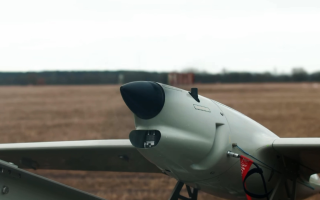Tri-Service
UK's 'Outside War' Drone Strikes Questioned
There’s no doubt that drones (or 'unmanned aerial vehicles', to give them their official designation) have made a huge impact on the battlespace.
They allow the precision targeting of assets while simultaneously minimising risk to military personnel. They’re often “piloted” hundreds, if not thousands of miles away.
Many don’t like their role in war, but in war at least, their legal status is clear.
The Joint Committee on Human Rights wants more clarification on the legality of drone strikes:
Yet drones have been used outside the traditional war sphere, to take out enemies of the state whole countries away from the frontline of battle.
The case of Reyaad Khan brings this into sharp focus. The 26-year-old from Cardiff travelled to Syria and joined Daesh, later featuring in one of their propaganda videos.
In response to the strike on Khan a government spokesperson said:
"We are clear that where we identify a direct and imminent threat to the UK we will take lawful action to address it and report to Parliament after we have done so. Such actions are only to be carried out as a last resort when all other options have been exhausted, and we would always do so in accordance with international humanitarian law."
In August 2015, he was killed by an RAF Drone strike in Syria. The government initially called his killing an act of self-defence.
His death raised important international legal issues. He was in a country in which the UK was not (at that time) fighting a war. Therefore he was external to the conflict.
The cross-party Joint Committee on Human Rights called the legal justification for targeting Khan “confused and confusing” and has called for the UK government to lead the way internationally to define a clear legal basis for action like this in the future.
In essence, the committee argues for a new international consensus on when it is acceptable for a state to take a life outside of armed conflict.
The rise of pan-nation groups like Daesh, bent on destruction of its enemies, but not just fighting a traditional conflict, has changed where the threat we face comes from. Technology has changed how we can fight back. The challenge is to clarify when and where that can happen.








